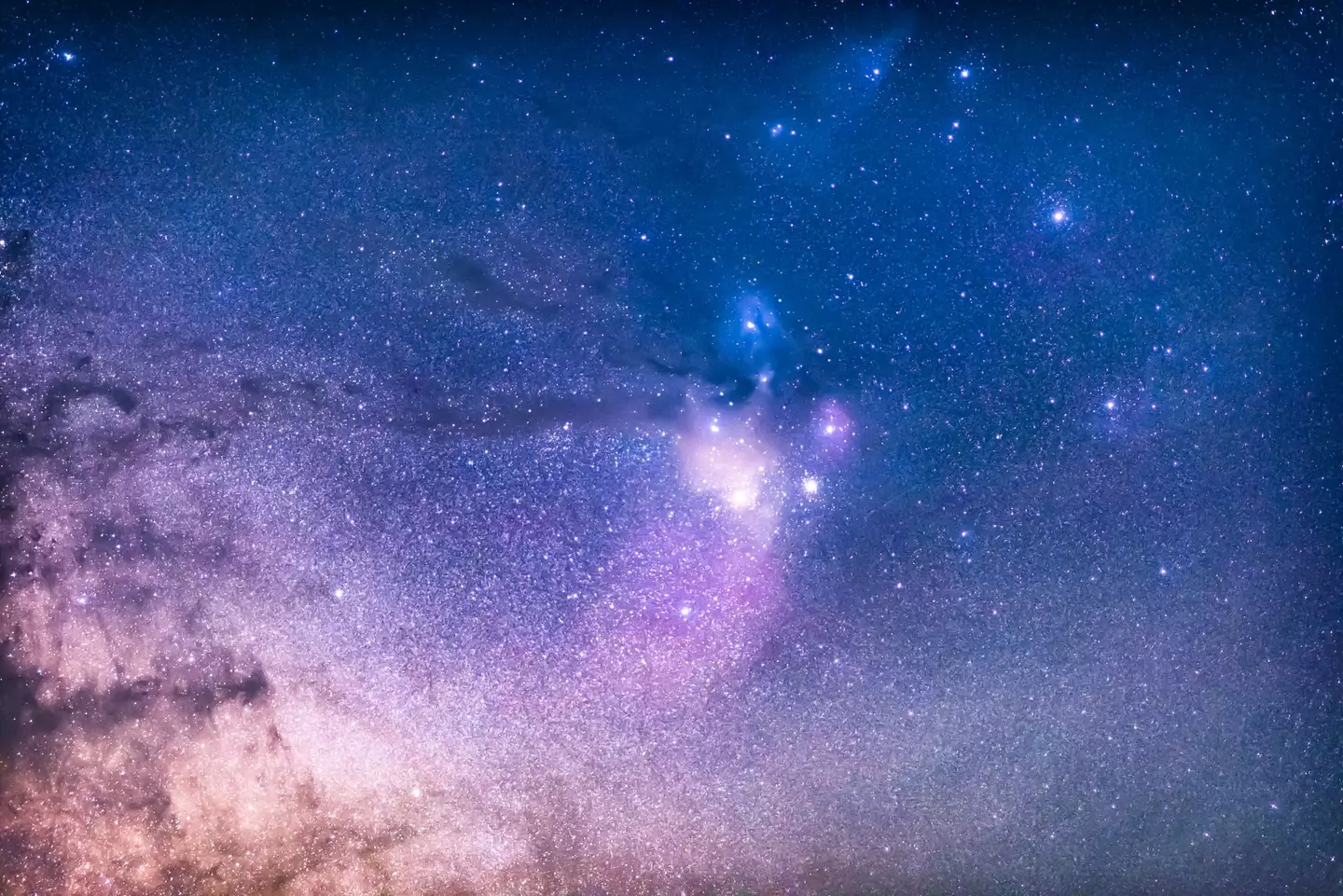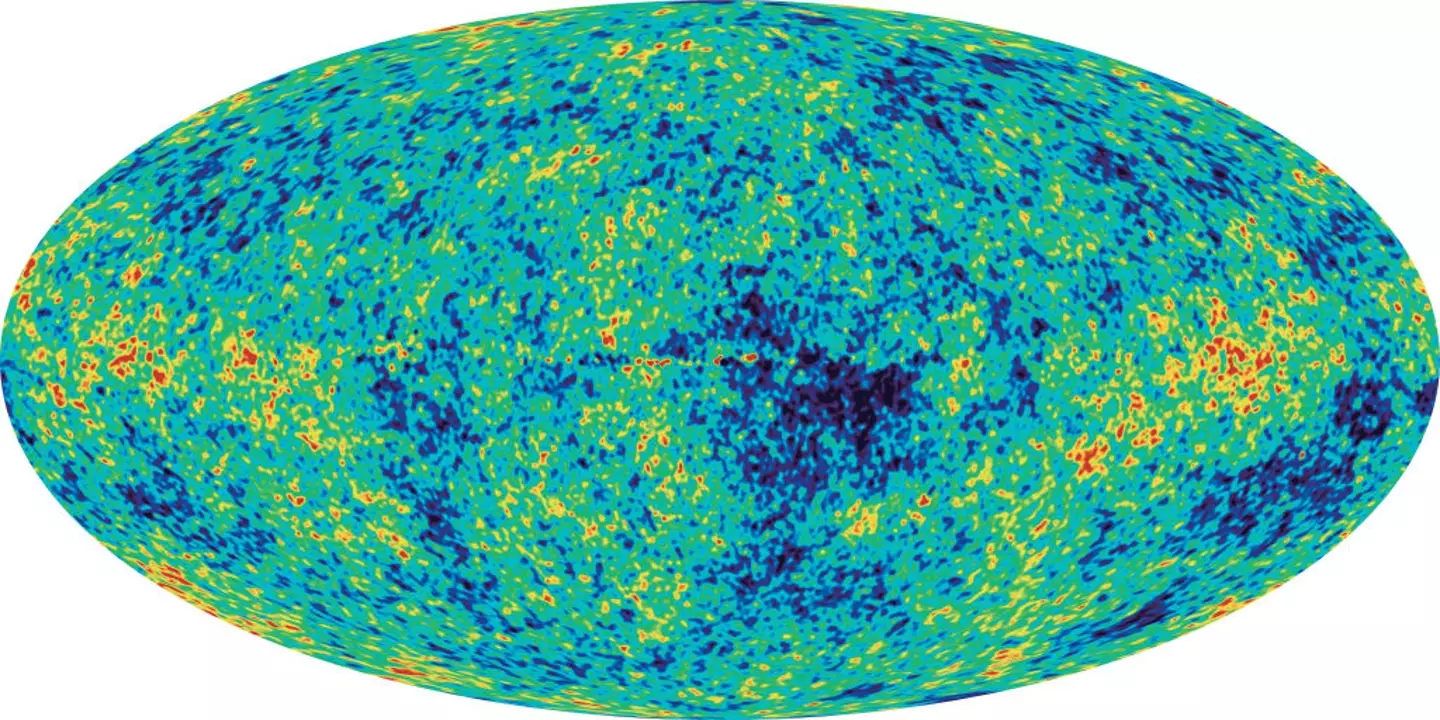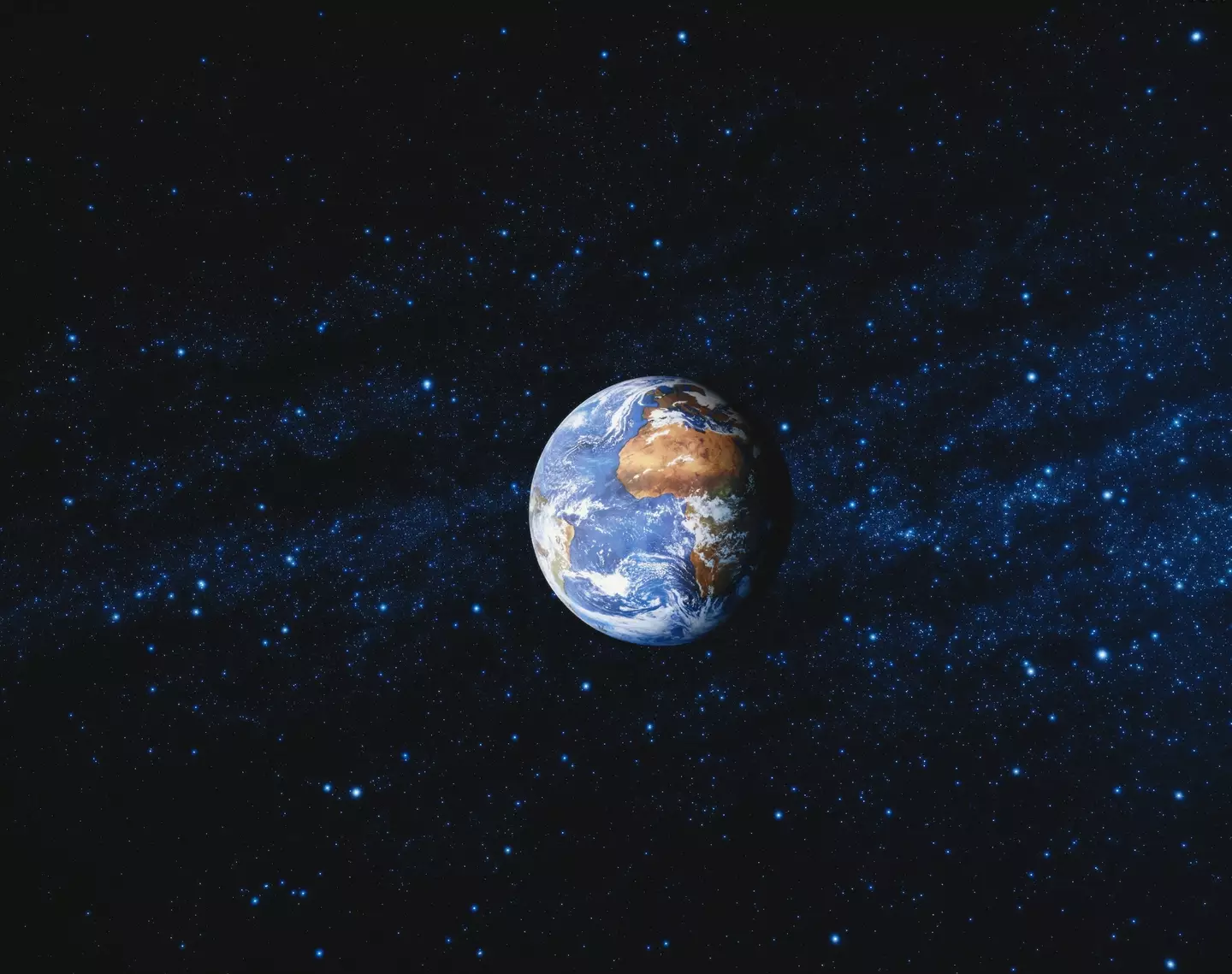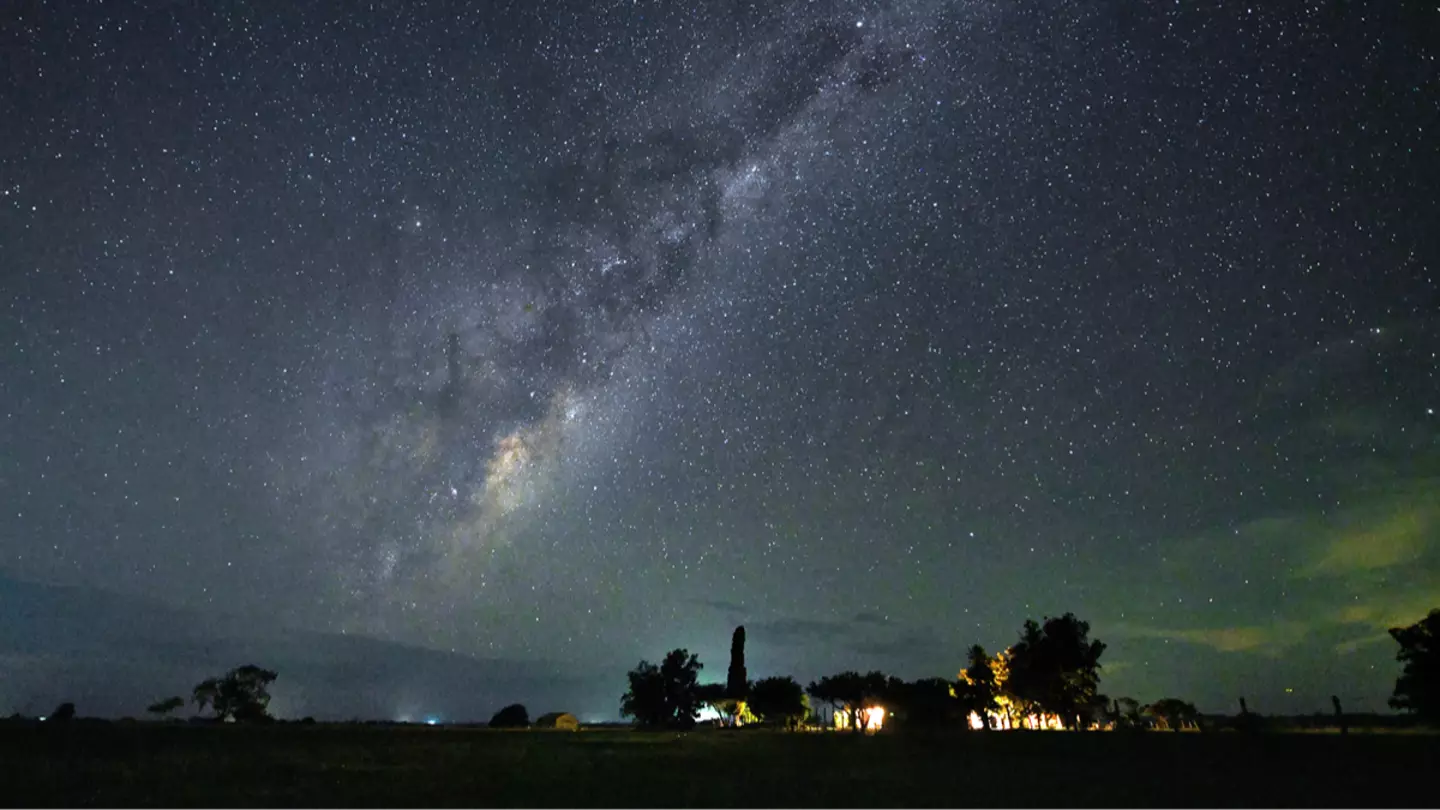To the unaided eye, our cosmic surroundings might seem brimming with galaxies and planets, but a recent study offers a contrasting view.
Contrary to appearances, our universe may actually reside within what is termed ‘a giant cosmic void’.
Though not all physicists subscribe to this view, research conducted by the University of Portsmouth in the UK supports this proposition.
The study is entitled ‘Testing the local void hypothesis using baryon acoustic oscillation measurements over the last 20 yr’ and explores a potential resolution to the longstanding issue of Hubble tension.
Hubble tension revolves around the universe’s expansion rate, which has been found to be more rapid than previous expectations, leaving scientists puzzled as to the cause.

NASA has characterized Hubble tension, sometimes called the Hubble crisis, as ‘one of the biggest conundrums in cosmology’.
Describing the issue, NASA’s website states: “The puzzle, called the ‘Hubble Tension,’ is that the current rate of the expansion of the universe is faster than what astronomers expect it to be, based on the universe’s initial conditions and our present understanding of the universe’s evolution.”
Scientists have studied the early universe using cosmic microwave background (CMB) radiation, which is the remnant radiation from the Big Bang — the event that marked the universe’s inception.
Although CMB is not visible to the naked eye, it is reportedly scattered throughout our universe.
Regarding cosmologists supposedly detecting sounds from the early universe, CMB does not actually produce sound, but scientists have developed audio interpretations of CMB data.

Dr. Indranil Banik, a research fellow at The University of Portsmouth, discussed the use of CMB in their study: “By studying CMB temperature fluctuations on different scales, we can essentially ‘listen’ to the sound of the early universe, which is especially ‘noisy’ at particular scales.”
“These fluctuations are now imprinted in the CMB, and dubbed ‘baryon acoustic oscillations’ (BAOs). Since these became the seeds for galaxies and other structures, the patterns are also visible in the distribution of galaxies.
“By measuring these patterns, we can learn how galaxies are clustered at different redshifts (distances). A particularly striking pattern, with lots of clustering, occurs at an angle called the ‘angular BAO scale’.”
The BAOs analyzed were gathered over the past two decades.
According to the study, it appears we are situated within a local void (an empty region of space).

“Our results suggest that a universe with a local void is about one hundred million times more likely than a cosmos without one,” Dr Banik stated, noting: “This means the likelihood of a universe without a void fitting these data is equivalent to a fair coin landing heads 13 times in a row.”
“A potential solution to this inconsistency is that our Galaxy is close to the centre of a large, local void,” Dr Banik explained, according to Science Focus.
“As the void is emptying out, the velocity of objects away from us would be larger than if the void were not there,” he continued.
Essentially, this would cause the local universe to appear as if it is expanding at a faster rate than it truly is.

